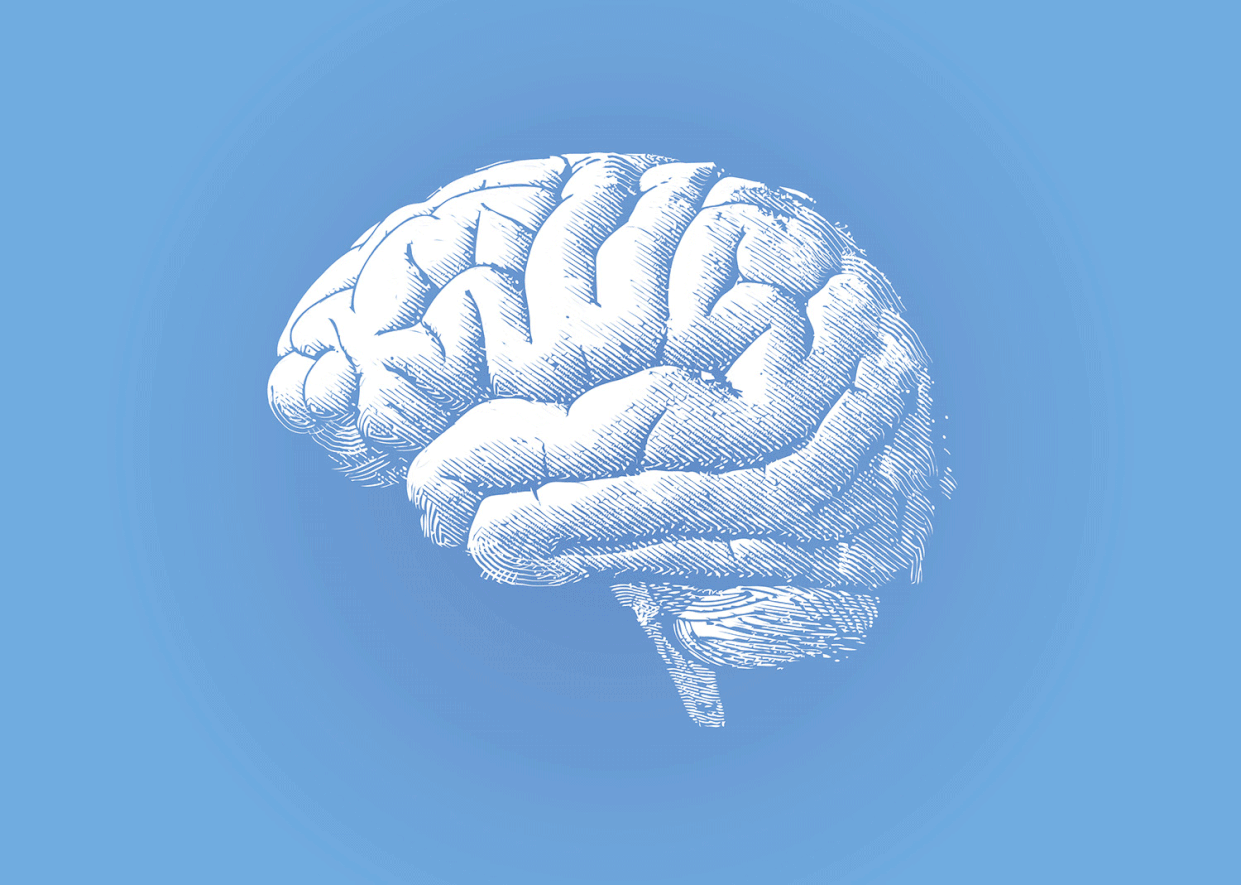Scientists are growing mini human brains to better study neurological diseases

Scientists successfully implanted miniature brains, grown from human tissue, into the heads of roughly 200 mice — a feat that, despite sounding like a sci-fi movie, is a huge leap forward for science.
The experiment was conducted by researchers at the Salk Institute for Biological Studies in San Diego, who published their results in Nature Biotechnology this month. Even for these scientists, the results were shocking. “We were quite surprised,” Abed AlFattah Mansour, a postdoctoral research associate at Salk, and author of the study tells Yahoo Lifestyle.
Understanding the significance of successfully implanting a lentil-size human brain into hundreds of mice requires first getting a grasp on what exactly that all means. The miniature brains they implanted are scientifically known as a “brain organoid.” First conceived in 2013, brain organoids are mini brain-like structures grown from human stem cells (in this case, taken from the skin). Brain organoids, first conceived in 2013, were pioneered by a biological scientist named Madeline Lancaster.
Lancaster, who studied neurodevelopment at the University of California, San Diego, wanted to study the brain, but was acutely aware of the limitations to doing that. In addition to being protected by a thick skull, our brains are encased in layers and layers of protective tissue, both of which make it incredibly difficult to witness the brain in action. So Lancaster had an idea: Why not try to grow one? She knew that stem cells — cells found throughout the the body that lack structure and function (technically called “undifferentiated” cells)—had previously been transformed into heart muscle cells. Why not neural ones?
A Ted video explaining the process she embarked on with her team breaks down the ingredients needed to grow the mini brain, including: a gel to “simulate embryonic tissue,” a warm incubator set at body temperature, and motion to “mimic blood flow.” With these things in place, Lancaster successfully cultivated the growth of a small mass of neural tissue. The mini brain, according to a write-up in Nature at the time, “resembled the brain of fetuses in the ninth week of development.”
To be sure, the mini human brain isn’t an actual human brain. While the human brain has 86 billion neurons, the mini brains have at most 100,000 — meaning they’re not actually functioning, thinking, or feeling. But the result was still revolutionary. In a 2015 Ted Talk breaking down the original feat, Lancaster says it was like “trying to build a toy spacecraft with no instructions.”
“Brain organoids provide a remarkable tool to study everything from neurological disease to human brain evolution and, hopefully one day, for drug discovery and toxicity testing,” Lancaster told the audience. “But it’s also a remarkable system because of its amazing ability to build itself, which is really what it does in an embryo. So now we have developing brain tissue that we can actually touch — we can take it apart, we can build it, and we can play with all of its different components.”
Growing this brain organoid was an enormous win for the science world, but since then scientists have wondered about the next step — successfully implanting this artificially grown brain into a living organism. Mansour and the researchers at Salk have now done just that — successfully implanting brain organoids into the skulls of approximately 200 mice.
Pulling off these implants alone was an incredible win, one that the Salk researchers say they’re unaware of any other researchers trying. To make it possible for them to observe the brains in action, they covered the implant with a “cranial glass window” (essentially, a transparent skull). According to an in-depth look at the experiment from Scientific American, the brain organoids were grown with a “green fluorescent protein” that, when they were being used, lit up in a “brilliant lime.”
Surprising all of the researchers, the new brains thrived.
Ninety-two percent of the animals who received implants survived at least 120 days — which, given that a mouse’s lifespan is just two to three years, is huge. But even more exciting than the fact that the mice were able to live with the new section of brain was that the mini human brains themselves — in the majority of cases — thrived. In 80 percent of the cases, the researchers observed “robust integration” of the brain.
Mansour says that robust integration means that “the majority of the transplanted organoids survived after surgery and could ‘live’ inside the host brain, continuing their growth and sending axons into the host brain environment.” The fact that these brains were able to not only live but, as he puts it, “talk” to other parts of the host brain could have huge implications for the future of neurology, paving the way for a better understanding of everything from migraines to Alzheimer’s Disease.
“We were quite surprised by the high efficiency of integration and vascularization of the human organoids when implanted,” Mansour tells Yahoo Lifestyle. “We hope that this can help us to study more complex and higher-level questions about brain dysfunction in neurological diseases.”
Read more from Yahoo Lifestyle:
13-year-old died when a sinus infection spread to his brain — here’s what happened
People with allergies and asthma have a higher risk of psychiatric disorders
‘Days of Our Lives’ episode sparks backlash about mental disorders
Follow us on Instagram, Facebook, and Pinterest for nonstop inspiration delivered fresh to your feed, every day. For Twitter updates, follow @YahooStyle and @YahooBeauty.

